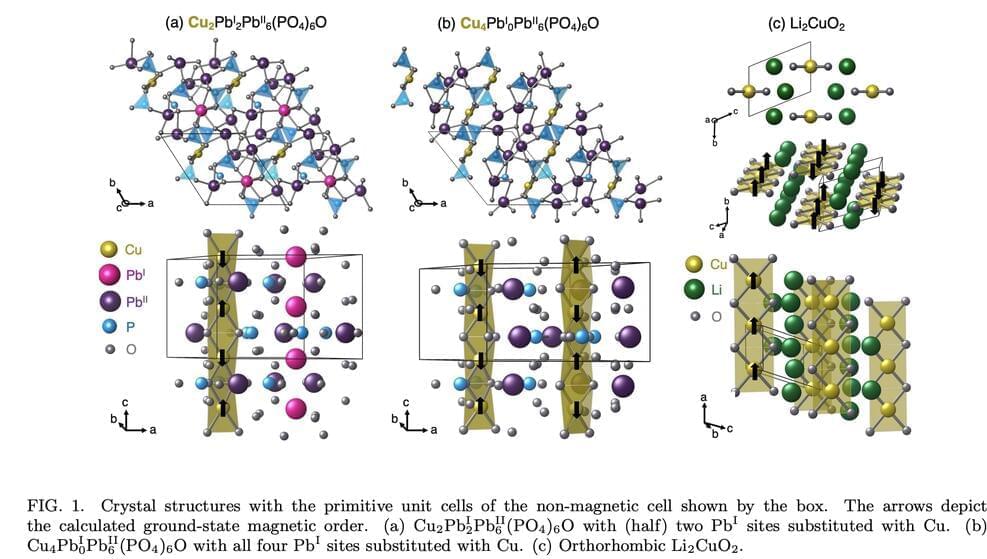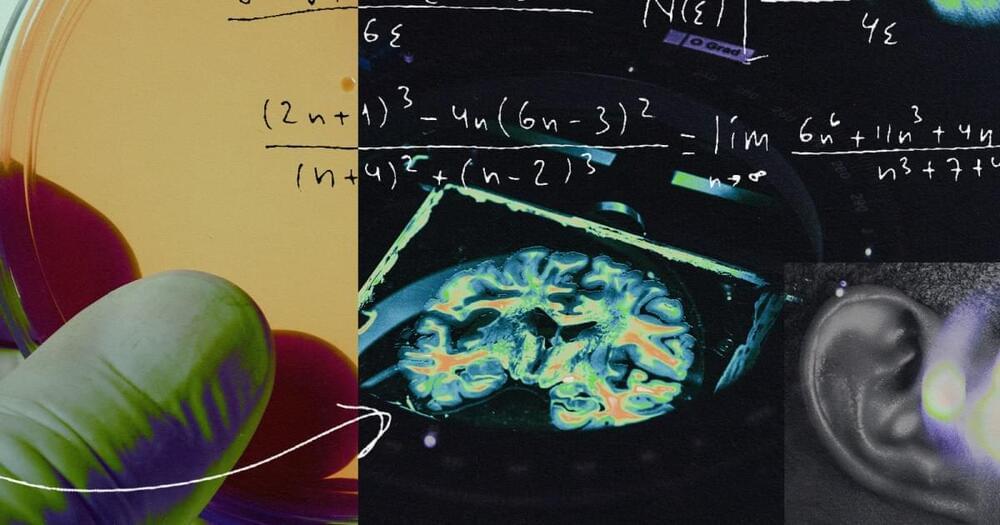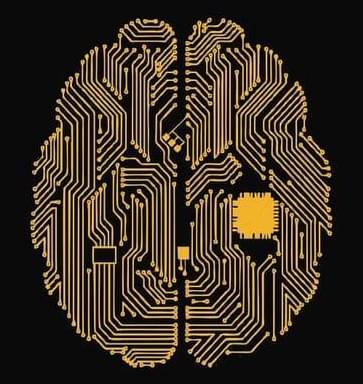Archive for the ‘supercomputing’ category: Page 16
Jan 6, 2024
Lawrence Berkeley Lab Researchers Optimize Higher Density Copper Doping to Make LK99 Variant into a Superconductor
Posted by Dan Breeden in categories: materials, supercomputing
Some will say, hey why is Nextbigfuture still covering LK99. Didn’t some angry scientists say that LK99 was not a superconductor? I have been covering science for over 20 years and there are a lot of angry scientists who believe many things will not work. Scientists going into experiments looking to debunk something will not be the ones who figure out how to make it work.
Lawrence Berkeley National Lab researchers spent time and worked on supercomputers to try to figure out how to make LK99 work. There computational work is showing promise.
Jan 4, 2024
Cyborg computer combining AI and human brain cells really works
Posted by Quinn Sena in categories: biological, cyborgs, robotics/AI, supercomputing
A new biohybrid computer combining a “brain organoid” and a traditional AI was able to perform a speech recognition task with 78% accuracy — demonstrating the potential for human biology to one day boost our computing capabilities.
The background: The human brain is the most energy efficient “computer” on Earth — while a supercomputer needs 20 mega watts of power to process more than a quintillion calculations per second, your brain can do the equivalent with just 20 watts (a megawatt is 1 million watts).
This has given researchers the idea to try boosting computers by combining them with a three-dimensional clump of lab-grown human brain cells, known as a brain organoid.
Dec 31, 2023
Google Addresses the Mysteries of Its Hypercomputer
Posted by Dan Breeden in categories: quantum physics, robotics/AI, supercomputing
When Google launched its Hypercomputer earlier this month (December 2023), the first reaction was, “Say what?” It turns out that the Hypercomputer is Google’s take on a modular supercomputer with a healthy dose of its homegrown TPU v5p AI accelerators, which were also announced this month.
The modular design also allows workloads to be sliced up between TPUs and GPUs, with Google’s software tools doing the provisioning and orchestration in the background. Theoretically, if Google were to add a quantum computer to the Google Cloud, it could also be plugged into the Hypercomputer.
While the Hypercomputer was advertised as an AI supercomputer, the good news is that the system also runs scientific computing applications.
Dec 30, 2023
Neutron Stars’ Inner Mysteries: A Glimpse Into Quark-Matter Cores
Posted by Saúl Morales Rodriguéz in categories: particle physics, space, supercomputing
New theoretical analysis places the likelihood of massive neutron stars hiding cores of deconfined quark matter between 80 and 90 percent. The result was reached through massive supercomputer runs utilizing Bayesian statistical inference.
Neutron star cores contain matter at the highest densities reached in our present-day Universe, with as much as two solar masses of matter compressed inside a sphere of 25 km in diameter. These astrophysical objects can indeed be thought of as giant atomic nuclei, with gravity compressing their cores to densities exceeding those of individual protons and neutrons manyfold.
These densities make neutron stars interesting astrophysical objects from the point of view of particle and nuclear physics. A longstanding open problem concerns whether the immense central pressure of neutron stars can compress protons and neutrons into a new phase of matter, known as cold quark matter. In this exotic state of matter, individual protons and neutrons no longer exist.
Dec 29, 2023
Europe’s exascale supercomputer JUPITER to challenge US and China’s dominance
Posted by Gemechu Taye in categories: business, space, supercomputing
Officially, there are only two exascale supercomputers in the world: Frontier at Oak Ridge National Laboratory in Tennessee and Aurora at Argonne National Laboratory in Illinois. However, it is widely suspected that China has at least two secret exascale machines that have not been tested and ranked by the industry’s 500 list of the most powerful supercomputers in the world.
JUPITER, which stands for Joint Undertaking Pioneer for Innovative and Transformative Exascale Research, will be built at the Jülich Supercomputing Centre in Germany by the European High-Performance Computing Joint Undertaking (EuroHPC JU), a collaboration between the European Union and private businesses.
Dec 25, 2023
Tesla’s Tech Revolution: New Optimus Robot | Сyborg computer | Tech News | Pro Robots
Posted by Dan Breeden in categories: 3D printing, biotech/medical, business, cyborgs, Elon Musk, humor, robotics/AI, space travel, supercomputing
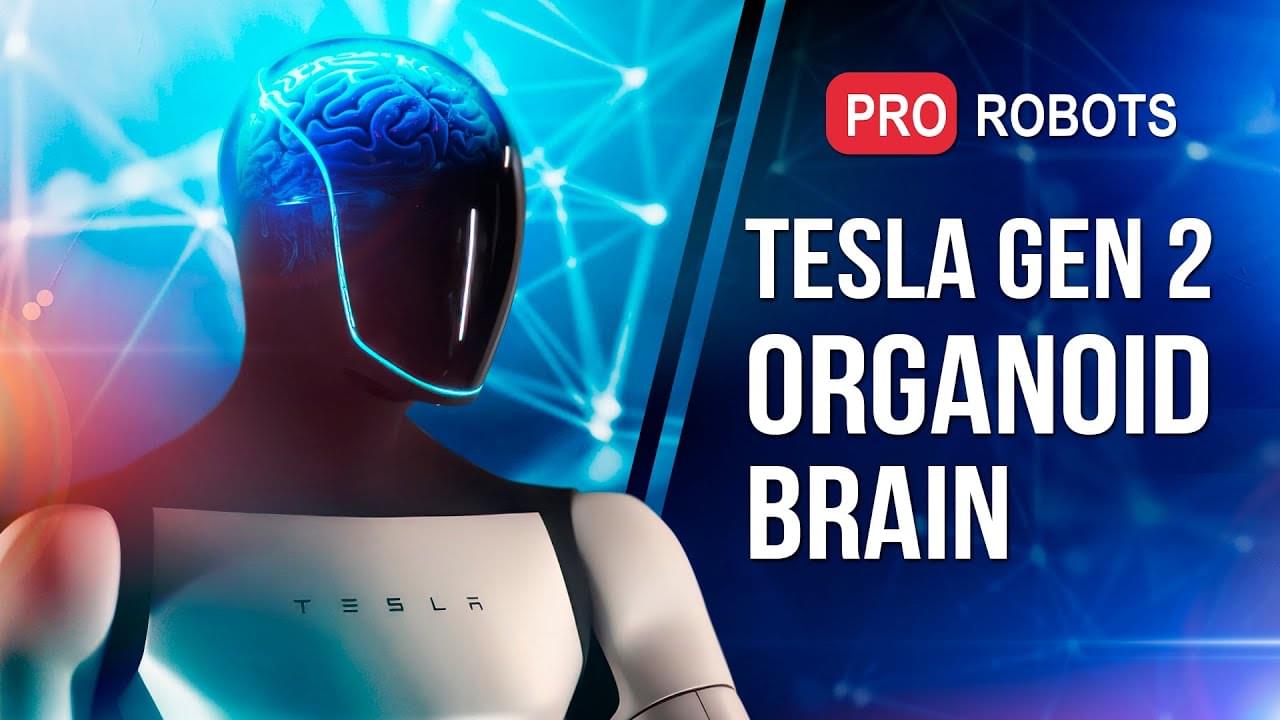
Booyah, fellow interneters. In this episode Tesla Optimus gets an upgrade to generation 2. Droids get used to voice commands, robot dogs go sprinting, and of course where would we be without the neuromorphic cyborg supercomputer with human brain cells. This and more right here, right now! I’m Nick, let’s kick it!\
\
It is with the warmest feeling in our hearts that we thank you for staying with us. Your support and loyalty light up our path like Christmas lights. We also wish you ringing laughter, sincere gettogethers, warm embraces, unexpected surprises and bright, unforgettable moments. And to kick off these moments we are announcing a contest which will be held on December 26\
🎄✨ https://youtube.com/live/8rRhlyyfrSI?…\
\
0:00 beginning\
0:32 Merry Christmas\
1:24 Tesla news: new robot and Cybertruck\
4:09 The Digit robot understands humans\
5:07 The H1 humanoid robot is already on sale\
6:11 Robots work, not humans\
6:38 Four-legged robot mule\
7:39 The fastest four-legged robot\
8:34 The world’s first neuromorphic supercomputer\
9:51 Сyborg computer with a living organoid brain\
11:20 3D printing organs inside the body\
12:25 Robots conduct experiments and create medicines \
13:11 OpenAI creates a defense against superintelligent AI\
14:35 ESA’s mission to Mars\
\
🚀 Dive into the latest Tesla breakthroughs as we explore the new Optimus robot’s unique features and the eagerly awaited Cybertruck updates. Discover what sets Optimus apart from its counterparts, and join us as we analyze Morgan Stanley’s market predictions. Is it all just media hype, or is Tesla truly reshaping the future of technology? Let’s find out!\
\
Optimus Unleashed: Get the lowdown on how Tesla’s robot is becoming more human-like with improved agility, sensitivity, and design, mimicking the sleek style of a Model S.\
Cybertruck’s Debut: From its industrial aesthetics to Elon Musk’s quirky sense of humor, learn how the Cybertruck is more than just a vehicle—it’s a statement!\
Market Movements: Delve into Morgan Stanley’s explosive predictions for Tesla’s stock and discuss how AI and robotics could revolutionize the global labor market.\
Digit Speaks: Discover how the humanoid robot from Agility Robotics understands natural language, and ponder over the future of human-robot interaction.\
Unitree’s H1 Bot: A deep dive into the capabilities of this humanoid robot, set to revolutionize various industries with its advanced features and modularity.\
ANYmal in Action: Explore how this autonomous robot is taking over industrial inspections and what it means for the future of human labor.\
Barry the Robot Mule: Uncover the versatility of this pack robot and how it’s set to assist in construction, rescue missions, and more.\
Speedy HOUND: Meet the fastest four-legged robot that’s breaking records and setting new standards in robotics.\
DeepSouth — The Supercomputer: Learn about the world’s first neuromorphic supercomputer and its potential to unlock new horizons in AI.\
Ethical Tech Frontiers: From organ printing to cyborg computers, join us as we discuss the latest advancements and the ethical dilemmas they bring.\
Automating Science: Find out how XtalPi and ABB Robotics are transforming biochemistry labs with GoFa cobots.\
OpenAI’s Vigilance: Understand OpenAI’s strategy in defending against superintelligent AI threats and what it means for the future of technology.\
ESA’s Mars Mission: Gear up for the European Space Agency’s ambitious mission to Mars with the Rosalind Franklin rover and its quest to uncover signs of life.\
\
In this video, we’ll be discussing the evolution of ChatGPT to GPT5 | A new era of AI or the end of humanity? | Tech News | Pro Robots.\
\
chatGPT has long been a popular chatbot platform for businesses and organizations. Recently, the company has released a new platform called GPT5 which is claimed to be more advanced and robust than previous versions of the chatbot platform. In this video, we’ll be discussing the pros and cons of GPT5 and how it may change the future of AI. So whether you’re a robot lover or fearing for the future of humanity, be sure to check out this video and let us know what you think!\
\
#prorobots #ai #artificialintelligence #technology2021 #technologyfuture #Tesla, #OptimusRobot, #Cybertruck, #AI, #Robotics, #TechnologyUpdates
Dec 25, 2023
Cosmic Oddity Explained: Astrophysicists Discover Why Our Supergalactic Plane Lacks Spiral Galaxies
Posted by Dan Breeden in categories: physics, space, supercomputing
Astrophysicists have discovered why spiral galaxies like the Milky Way are rare in the Supergalactic Plane, a dense region in our Local Universe. The research, led by Durham University and the University of Helsinki, used the SIBELIUS supercomputer simulation to show that galaxies in dense clusters on the Plane often merge, transforming spiral galaxies into elliptical ones. This finding, which aligns with telescope observations and supports the standard model of the Universe, helps explain a long-standing cosmic anomaly about galaxy distribution.
Astrophysicists say they have found an answer to why spiral galaxies like our own Milky Way are largely missing from a part of our Local Universe called the Supergalactic Plane.
The Supergalactic Plane is an enormous, flattened structure extending nearly a billion light years across in which our own Milky Way galaxy is embedded.
Dec 21, 2023
IBM debuts next-gen quantum processor and IBM quantum system two, extends roadmap to advance quantum utility
Posted by Saúl Morales Rodriguéz in categories: quantum physics, supercomputing
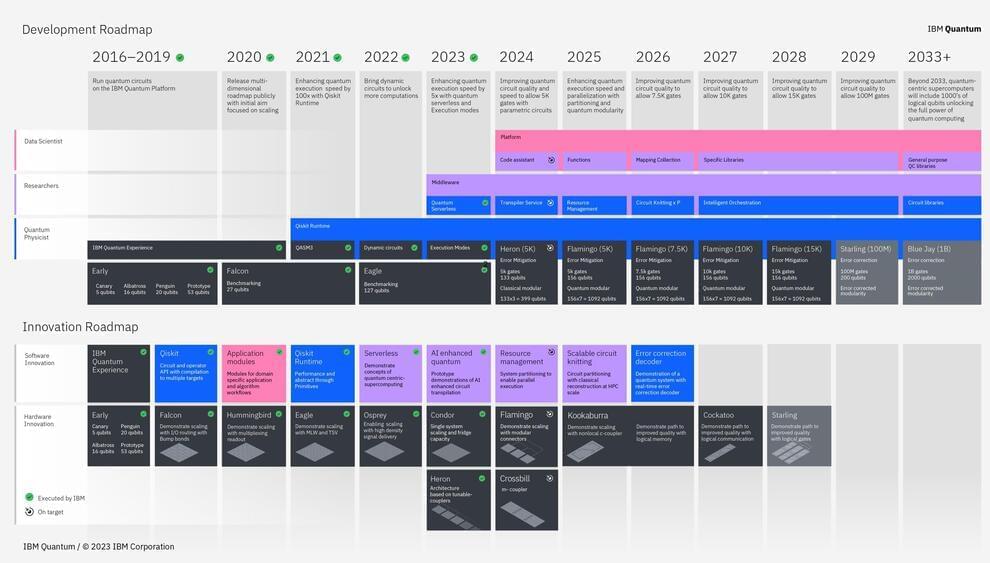
At the annual IBM Quantum Summit in New York, IBM debuted IBM Quantum Heron, the first in a new series of utility-scale quantum processors with an architecture engineered over the past four years to deliver IBM’s highest performance metrics and lowest error rates of any IBM Quantum processor to date.
IBM also unveiled IBM Quantum System Two, the company’s first modular quantum computer and cornerstone of IBM’s quantum-centric supercomputing architecture. The first IBM Quantum System Two, located in Yorktown Heights, New York, has begun operations with three IBM Heron processors and supporting control electronics.
Dec 20, 2023
A New Brain-Like Supercomputer Aims to Match the Scale of the Human Brain
Posted by Jose Ruben Rodriguez Fuentes in categories: biological, neuroscience, supercomputing
A supercomputer scheduled to go online in April 2024 will rival the estimated rate of operations in the human brain, according to researchers in Australia. The machine, called DeepSouth, is capable of performing 228 trillion operations per second.
It’s the world’s first supercomputer capable of simulating networks of neurons and synapses (key biological structures that make up our nervous system) at the scale of the human brain.
DeepSouth belongs to an approach known as neuromorphic computing, which aims to mimic the biological processes of the human brain. It will be run from the International Center for Neuromorphic Systems at Western Sydney University.

